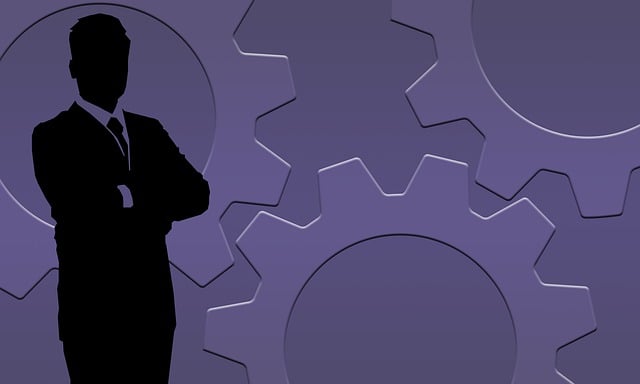The 5S Training Methodology, rooted in lean management principles, transforms workplace organization and boosts productivity. By following five steps (Sort, Set in Order, Shine/Clean, Standardize, Sustain), organizations eliminate clutter, streamline workflows, maintain tidy spaces, standardize processes, and foster continuous improvement. This results in increased productivity, reduced waste, enhanced employee engagement, improved quality control, and adaptability to changing business conditions through process standardization. Regular 5S continuous improvement ensures sustained efficiency and an enjoyable work environment.
In today’s fast-paced business environment, efficient time management is key to success. This article explores powerful strategies for optimizing productivity through the integration of 5S training and Lean management principles. By understanding the benefits of 5S for workplace organization, implementing continuous improvement practices, and standardizing processes, businesses can achieve remarkable results in both productivity and operational efficiency. Discover practical strategies to transform your workspace and embrace a culture of streamlined, effective time management.
- Understanding the 5S Training Methodology and Its Benefits in Workplace Organization
- Integrating Lean Management Principles for Continuous Improvement and Process Standardization
- Implementing 5S Systems: Strategies for Effective Time Management and Enhanced Productivity
Understanding the 5S Training Methodology and Its Benefits in Workplace Organization

The 5S Training Methodology is a powerful tool for enhancing workplace organization and efficiency, deeply rooted in lean management principles. It involves five key steps – Sort, Set in Order, Shine (Clean), Standardize, and Sustain – each designed to create an environment conducive to continuous improvement. By “Sort,” organizations eliminate clutter and prioritize essential tools and tasks. “Set in Order” streamlines workflows, making processes more predictable and efficient. “Shine” or cleaning maintains a tidy workspace, reducing waste and improving safety. “Standardize” focuses on process standardization, ensuring everyone follows the same procedures for optimal results. Finally, “Sustain” emphasizes ongoing commitment to these practices, fostering a culture of continuous improvement that drives long-term productivity gains.
Adopting 5S training offers numerous benefits, from increased productivity and reduced waste to enhanced employee engagement and improved quality control. It encourages teams to take ownership of their workspace and processes, fostering a sense of accountability. Moreover, by systematically organizing tasks and eliminating non-value-added activities, 5S facilitates easier training for new employees and promotes adaptability during changing business conditions. Its emphasis on standardization also ensures consistency in output quality, ultimately contributing to overall operational excellence.
Integrating Lean Management Principles for Continuous Improvement and Process Standardization

Integrating Lean Management principles, such as 5S training, offers a powerful framework for enhancing workplace organization and driving continuous improvement. By adopting lean management practices, organizations can streamline processes, eliminate waste, and create an environment that promotes efficiency and productivity. The 5S method—Sort, Set in Order, Shine (Clean), Standardize, and Sustain—serves as a structured approach to organize the workplace, ensuring every tool and task has its designated place. This system fosters a culture of continuous improvement where employees actively participate in identifying inefficiencies and implementing solutions.
Process standardization is a key outcome of lean management. It involves creating standardized work instructions, which define the best practices for each task. This not only ensures consistency but also allows for easier training and knowledge transfer among team members. By standardizing processes, organizations can reduce errors, improve quality, and achieve a higher level of control over their operations. As a result, workplace organization becomes more systematic, enabling employees to focus on value-added activities and enhancing overall productivity.
Implementing 5S Systems: Strategies for Effective Time Management and Enhanced Productivity

Implementing 5S systems is a powerful strategy for achieving effective time management and boosting productivity in any workplace. 5S training, rooted in lean management principles, focuses on creating an organized and efficient environment by standardizing processes. This involves sorting through workspace items, organizing them logically, and ensuring everything has its designated place—a concept known as workplace organization.
The 5S continuous improvement methodology extends beyond initial setup. It encourages regular reviews and adjustments to maintain order and optimize workflow. Process standardization is key; by establishing clear procedures for tasks, teams can minimize time-consuming errors and inefficiencies. This streamlined approach not only enhances productivity but also contributes to a more enjoyable and less stressful work environment.
By integrating the principles of 5S training and Lean management, organizations can transform their workplace dynamics. These systems empower employees to take ownership of their tasks, fostering a culture of continuous improvement and process standardization. Effective implementation leads to enhanced productivity and optimized time management, ultimately contributing to business success in today’s competitive landscape.
